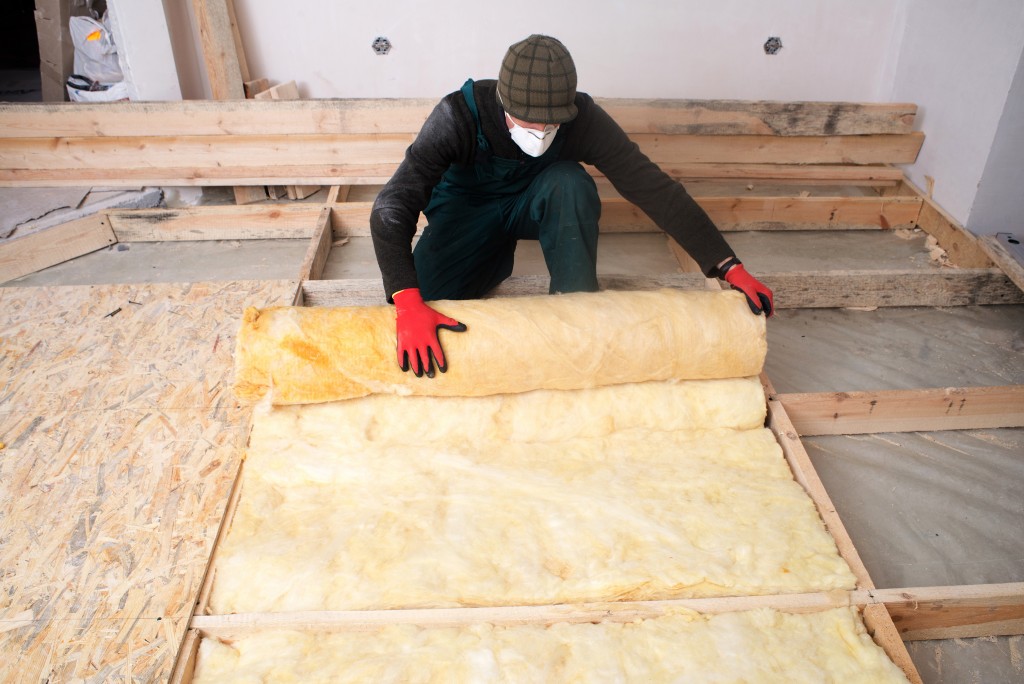Heat transfer is an exciting subject. Thermal insulation is when you reduce or block the transfer of heat between two objects. Heat transfer is about the movement of energy from one point to another due to temperature differences. Thermal insulation could also be about people. For example, standing outside on a cold day, you crouch or hug your knees to get warmer.
In Kansas City, insulation companies deal with objects. Insulators are generally poor heat conductors. With high heat capacities, these insulators make the temperature gradient between objects smaller, reducing heat transfer. The most common options include:
Fiberglass
This material is popular because of the way it is manufactured. Fiberglass is made of delicate glass strands that are woven together to become heat-resistant. The downside of using fiberglass is that exposure can be dangerous. Since the material is made from silicon, it contains fragments of glass that can damage the lungs, skin, and eyes if handled without proper equipment. Nevertheless, with the right protective gear, installing fiberglass can be uneventful. The non-flammable material has an R-value of 2.9 to 3.8 for every inch.
Mineral wool
 The term is used to refer to a variety of insulation types. For instance, fiberglass that is manufactured using recycled glass, called glass wool, falls under this category. Mineral wool can also be rock wool, an insulation material made with basalt. It can also be slag wool, produced in steel mills from slag. Slag wool is the most common wool on the market. It can be bought in batches.
The term is used to refer to a variety of insulation types. For instance, fiberglass that is manufactured using recycled glass, called glass wool, falls under this category. Mineral wool can also be rock wool, an insulation material made with basalt. It can also be slag wool, produced in steel mills from slag. Slag wool is the most common wool on the market. It can be bought in batches.
In most cases, mineral wool has no additives, so it is not fire-resistant. However, because it is non-combustible, it can be used with other insulation forms to help it withstand extreme heat. The R-value ranges from 2.8 to 3.5.
Cellulose
Anyone looking for an eco-friendly form of insulation can go for cellulose. The material is made with paper and recycled cardboard. Its R-value ranges from R-3.1 to 3.7. Recent studies show that the material can prevent fire damage. It is compact and has near zero oxygen levels. With no oxygen, cellulose minimizes fire damage. The downside of using cellulose is that it causes allergic reactions among some people.
Polyurethane foam
This material is not found in abundance on the market, but it is useful. Most forms of polyurethane foam rely on non-CFCs (chlorofluorocarbon) for blowing agents to reduce the danger they pose the ozone layer. Polyurethane foam is light and has a 6.3 R-value for every inch. The foams are low density so that one can spray them on surfaces with no insulation. Polyurethane has fire resistance qualities.
Polystyrene
If you are looking for a waterproof material with temperature and sound insulation properties, polystyrene is perfect. There are two types of material on the market, extruded polystyrene (XEPS) and expanded (EPS). The two differ in cost and performance, with XEPS being the most heat-resistant. Typically, polystyrene will be sold in blocks and can be used in wall insulation.
While the discussed materials are common, there are other options available. When looking for insulating materials, consider the temperatures that the specific one can withstand. Depending on each case, things like straw, hemp and sheep’s wool might be better alternatives.
